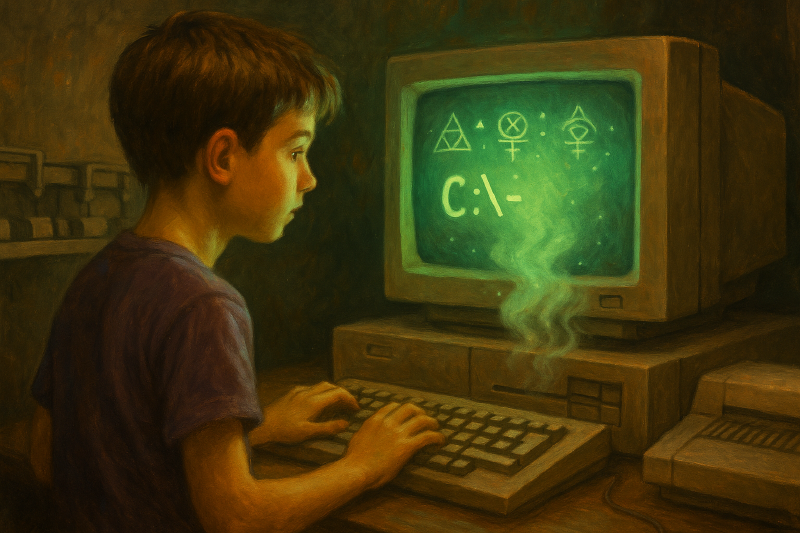There was a time when the glow of a CRT monitor felt like a portal. The green flicker of a C:\\> prompt was more than a command line — it was a promise that magic could happen if you knew the right incantation.
In The Dream of AI and Our Mirror I wrote about imagination as the fuel of coevolution. Nostalgia is part of that imagination. The memory of BASIC lines typed under a buzzing monitor, or the thrill of seeing the first sprite appear on screen, shaped the way we still approach technology today.
The 2000s had their chaos, a raw sense of discovery. The 2010s brought frameworks and order, like assembly lines that polished the magic into industry. Now, in the 2020s, large language models return us to a different kind of chaos: not the chaos of learning syntax, but of confronting infinite mirrors of meaning.
Nostalgia is not about mourning what was lost. It is about remembering that spark — the glow that made us believe the machine could be more than metal and code. If we carry that glow forward, then every tool, no matter how advanced, still begins with the same feeling: curiosity burning in the dark.

